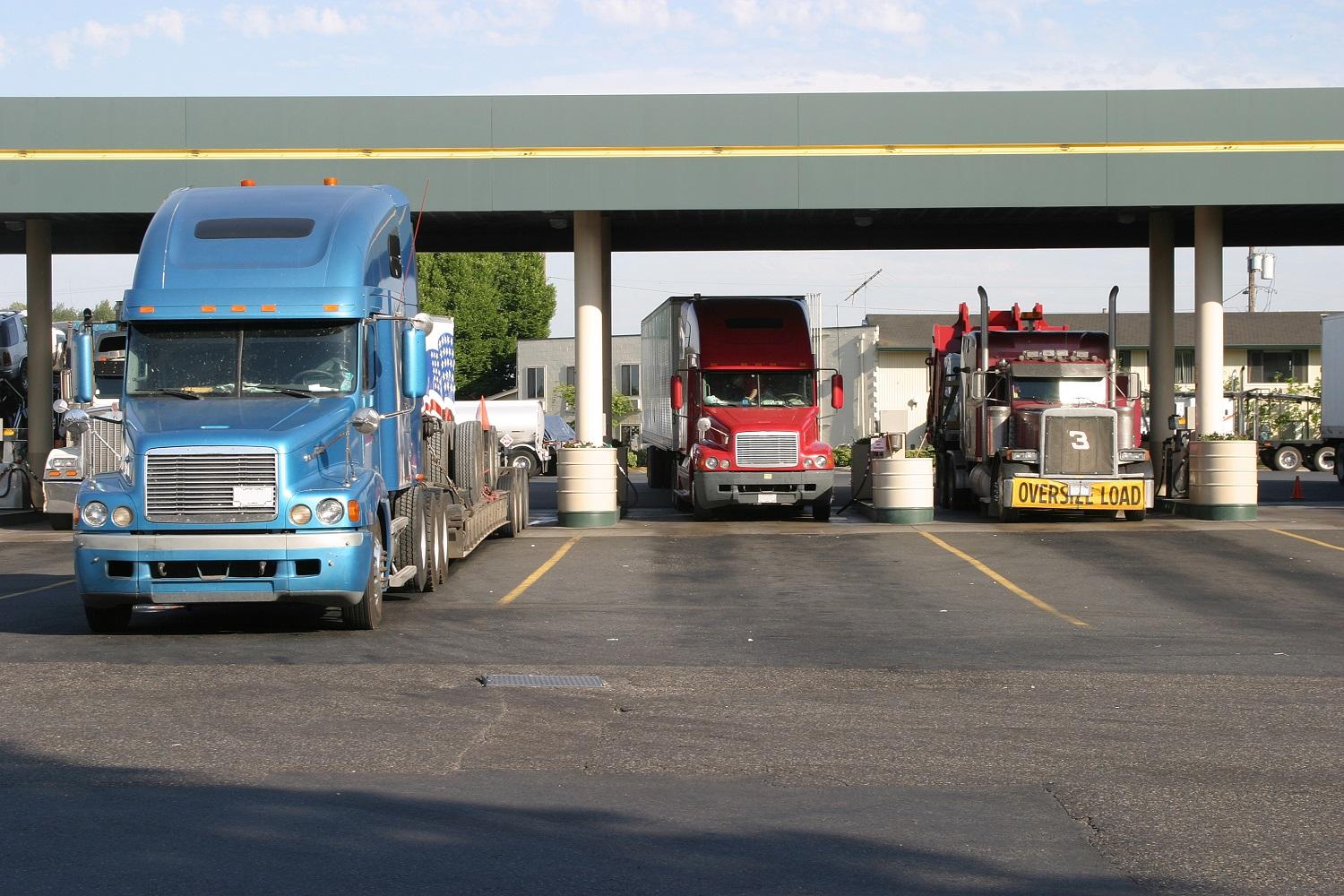MENU
Start
- Best Small Business Loans for 2024
- Businessloans.com Review
- Biz2Credit Review
- SBG Funding Review
- Rapid Finance Review
Our Recommendations
- 26 Great Business Ideas for Entrepreneurs
- Startup Costs: How Much Cash Will You Need?
- How to Get a Bank Loan for Your Small Business
- Articles of Incorporation: What New Business Owners Should Know
- How to Choose the Best Legal Structure for Your Business
Our Guides
- Business Ideas
- Business Plans
- Startup Basics
- Startup Funding
- Franchising
- Success Stories
- Entrepreneurs
Small Business Resources
Grow
- The Best Credit Card Processors of 2024
- Clover Credit Card Processing Review
- Merchant One Review
- Stax Review
Our Recommendations
- How to Conduct a Market Analysis for Your Business
- Local Marketing Strategies for Success
- Tips for Hiring a Marketing Company
- Benefits of CRM Systems
- 10 Employee Recruitment Strategies for Success
Our Guides
- Sales & Marketing
- Finances
- Your Team
- Technology
- Social Media
- Security
Small Business Resources
Lead
- Best Business Phone Systems of 2024
- The Best PEOs of 2024
- RingCentral Review
- Nextiva Review
- Ooma Review
Our Recommendations
- Guide to Developing a Training Program for New Employees
- How Does 401(k) Matching Work for Employers?
- Why You Need to Create a Fantastic Workplace Culture
- 16 Cool Job Perks That Keep Employees Happy
- 7 Project Management Styles
Our Guides
- Leadership
- Women in Business
- Managing
- Strategy
- Personal Growth
Small Business Resources
Find
- Best Accounting Software and Invoice Generators of 2024
- Best Payroll Services for 2024
- Best POS Systems for 2024
- Best CRM Software of 2024
- Best Call Centers and Answering Services for Busineses for 2024
Our Recommendations

Online only. Expires 4/27/2024
Driver Scorecards: Should You Implement Them?

Table of Contents
Among the biggest challenges of fleet management is, unlike with traditional office jobs, you’ll rarely be able to observe employees and shape their performance. This distance can feel especially concerning in a line of work with as many potential safety hazards as freight and transportation. You can regain some control over this challenge with driver scorecards.
Driver scorecards can help fleet managers improve safety by identifying areas drivers need to work on, so you can address potential unsafe behavior before an accident happens. Using driver scorecards, you can train your drivers on best practices to improve safety, incentivize safe driving, reduce vehicle wear-and-tear, and lower fuel costs. Learn more about driver scorecards below.
Editor’s note: Looking for the right GPS fleet management system for your business? Fill out the below questionnaire to have our vendor partners contact you about your needs.
What are driver scorecards?
Driver scorecards are documents specific to one driver that fleet and safety managers can use to evaluate that driver’s performance. Driver scorecards typically pertain to safety rather than efficiency.
If your company implements driver scorecards, you’ll measure the statistics they reflect through your telematics or GPS fleet management system.
Driver scorecards are driver-specific documents that detail how well the driver in question is following basic safety protocol. They can also improve your ability to demonstrate compliance with DOT regulations.
Why are driver scorecards important?
Driver scorecards show you which drivers are being unsafe on the road. Perhaps more importantly, you can see the exact ways in which your drivers are being unsafe. If you see a certain unsafe behavior recurring among several drivers, you’ll know you need to coach them on how to avoid this behavior in your training sessions.
Of course, fleet safety is fundamental to any good fleet management operation, but it’s not the only front on which driver scorecards can help. Safe driving can reduce or slow wear-and-tear on vehicles, and it can lower the total number of accidents (and thus the amount you spend on repairs and workers’ comp). Proper driving safety also increases your fleet’s miles per gallon, which saves you money on fuel.
Driver scorecards also have the potential to affect drivers’ behavior. If you explain to drivers that their unsafe behaviors are unacceptable, you may see them take safety more seriously.
You can use your driver scorecards to identify your safest drivers and reward them. This incentive can compel other drivers to prioritize safety before issues even emerge. Learn more about incentives that motivate employees.
What metrics should be tracked in driver scorecards?
Driver scorecards typically display dozens of metrics, which you can sort into a few groups to make your scorecards appear less overwhelming. Below, we’ve listed several metrics and groups you could include in your driver scorecards, though this list isn’t comprehensive.
Safety
Your driver scorecards should include the safety metrics below and anything else you see fit:
- Speeding. Perhaps the most important aspect of driver safety, the speeding metric tells you how often your drivers are moving at dangerously high speeds. There are two types of speeding that your driver scorecards should contain:
- Speeding over posted speed limits. Although it’s not uncommon for every vehicle on a stretch of highway to exceed the speed limit, doing so is especially dangerous for freight trucks. That’s why you should track every time that your drivers surpass the legal speed limit.
- Speeding over company guidelines. It’s common for freight companies to set their own maximum speed limits for drivers. You should include a separate metric for flagging violations of this limit as well.
- Acceleration. It’s one thing for a driver to gradually increase their speed to keep up with the traffic around them. It’s another if they step on the gas excessively or forcefully.
- Braking. Since much of fleet transportation involves highway driving, your drivers shouldn’t brake excessively or strongly. Hard braking can incur the sort of highway pile-ons that lead to standstill traffic and, worse yet, injuries.
- Cornering. Off the highway, turning trucks around perpendicular corners is among the biggest challenges of commercial driving. Tracking your drivers’ performance on this front can help ensure that neither your driver, nor anyone else near your vehicles, is hurt during cornering.
- Driving after hours. Although cars can theoretically be on the road at any time of day, it’s best practice to keep freight vehicles off the road late at night and in the early morning. Despite this guideline, it’s not uncommon for drivers to hit the road well after sunset or long before sunrise. You should track this behavior to keep your fleet and other drivers as safe as possible.
- Reversing. Backing up in a vehicle as large as a tractor-trailer is inherently dangerous. By having your telematics or GPS fleet management system monitor this behavior, you can identify drivers who are reversing unsafely and retrain them.
- Seatbelt use. Buckling up is the law – it’s a key safety practice no matter where your drivers go. In tracking seatbelt use, you can identify drivers who aren’t wearing their seatbelts and are thus putting themselves and potentially others at risk.
Fleet optimization
Alongside safety measures, you should track several fleet maintenance measures that also keep your drivers and vehicles safe. These include:
- Engine abuse and faults. As a fleet manager, you know that engine abuse spells danger. It should thus come as no surprise that this metric is key to include on all driver scorecards. More importantly, though, your GPS fleet-tracking system should alert you to these events in real time. This way, you can work to minimize these concerning occurrences.
- Engine light on. Given their long routes and serious commitments, your drivers may feel compelled to keep going even if their engine light is on. Doing so is ill-advised, given the repair needs that engine lights signify. If you see that your drivers are letting their engine lights remain on for extended periods, you’ll know you need to act.
- Fuel consumption. Your fleet’s fuel efficiency is a matter of both efficiency and eco-friendliness. Be sure to track this metric so you can teach your drivers how to use less fuel, keep your fuel costs low and emit less carbon dioxide per mile.
- Idling. Speaking of fuel consumption, keeping the engine running while not in motion is a surefire way to waste gas. In tracking your vehicles’ idling time, you can increase the amount of engine-on time during which your fleet is actually traveling.
The U.S. government requires certain fleet operators to install electronic logging devices (ELDs) on their vehicles to ensure driver safety. Ask your GPS fleet management service provider if they provide ELD solutions that are compliant with the DOT’s Federal Motor Carrier Safety Administration’s ELD mandate.
Productivity
While safety should always come first in freight and transportation, you still need a productive team. Ensure that your team is remaining efficient with the following metrics:
- Driving time versus customer time. Even though it’s difficult for transportation companies to be fully customer-centric businesses, your drivers will likely interact with customers at some point. You’ve likely designed your drivers’ routes to achieve a business-friendly balance of driving and customer time, so you should track this ratio.
- Engine-on time. If you see that your drivers’ engines aren’t on at times of the day when you expect your fleet to be on the road, you can easily identify inefficiencies. You can then plan training sessions to reduce these inefficiencies in the near future.
- Late starts. Since drivers travel extremely long distances, even a slightly late start can hamper your operations. In tracking your drivers’ late starts, you can better ensure that future operations will remain on track.
As mentioned earlier, this list of driver scorecard metrics isn’t comprehensive. You can add additional metrics that pertain to your fleet or company’s specific goals or conditions; however, you shouldn’t remove any of the above metrics. With all of these parts in place, your driver scorecards will be primed to keep your drivers safe. If you’re looking for a GPS fleet management software that includes driver scorecard functionality, we’ve included some of our top picks below.
GPS fleet management systems not only keep track of driver behavior, but they can also help locate your vehicle in the event it’s stolen. Learn more about how to prevent and track fleet equipment theft.
The best GPS fleet management systems with driver scorecards
GPS fleet management software programs use GPS tracking devices installed on vehicles to transmit data to fleet managers in near real time. Check out our reviews of the best GPS fleet tracking systems and see our recommendations below.
Force by Mojio
Force by Mojio offers a user-friendly driver scorecard feature called RoadScore. Fleet managers can use RoadScore to track the performance of individual drivers, the performance of groups of drivers or their fleet as a whole. Fleet managers can use RoadScore to identify areas where drivers need to improve as well as to reward drivers for good behavior. Not only can RoadScore help you identify potentially unsafe driving practices ahead of time, Mojio says that a consistently higher RoadScore can help you save money on gas and reduce wear-and-tear on your vehicles. We liked that the platform can be used on any device or vehicle type. Another useful feature is that fleet managers receive alerts when a vehicle’s tracking device is unplugged, allowing them to prevent instances of unscored trips because of hardware malfunctions. Learn more about RoadScore at our full Force by Mojio review.
Verizon Connect
Driver scorecards are just one fleet management tool offered by Verizon Connect. The platform’s detailed analytics allow fleet managers to easily view driver data using a variety of metrics from a customizable dashboard on desktop or mobile app. The data offers useful insights on everything from harsh driving events to routes, locations and trip times. The system stores information for two years, allowing managers to run historical reports, support investigations, track trends over time, and make better forecasting and training decisions. Fleet managers can opt to receive custom alerts on their phones for incidents like speeding, idling or harsh braking. They can even set lower-limit speeding alerts when the vehicle’s wipers are active to ensure slower driving in bad weather. The Verizon Connect system also features road and dash cameras that can be customized. This feature allows for fleet managers to view footage of any harsh driving incidents. Learn more about Verizon Connect’s driver scorecard functionality at our full Verizon Connect review.
Azuga
Azuga offers a comprehensive fleet management system with a robust driver scorecard feature. Fleet managers can: access the driver scorecard via a dashboard on a desktop or mobile device; check the performance of individual drivers; and analyze their driving practices in relation to other drivers. Drivers also have the ability to check their scores via the platform. An integrated employee incentive feature rewards drivers with the highest scores, delivering prizes from popular retailers and brands directly to the driver’s phone. Fleet managers can opt to receive alerts for harsh driving practices like speeding, harsh braking, as well as other data points like stops, reversals, routes and locations. Users can opt for the SafetyCam feature, with dual-facing HD cameras, to provide real-time reporting on behavior that’s potentially dangerous. Azuga’s tracking devices are easy to install. Plus, the platform is flexible, allowing users to customize the features that best fit their fleet’s needs. Learn more about Azuga’s driver scorecard functionality at our full Azuga review.
GPS Trackit
GPS Trackit’s end-to-end fleet management solution offers a driver scorecard system that provides useful insights and analytics for fleet managers. Users can customize the safety metrics by which drivers are tracked, including rapid acceleration, hard braking, sudden stops, hard turns and safety events. They can also automate the reports to be generated at specified time periods. GPS Trackit’s Trends feature allows fleet managers to track behavior over time, whether it’s for a single driver or the whole fleet. Users can also view real-time vehicle locations and set up alerts to flag any safety or maintenance issues. They can also opt to add dashcams to the system to record footage of any safety issues. Contact the company for pricing. Learn more about GPS Trackit’s driver scorecard functionality at our full GPS Trackit review.
Driver scorecards put you in the driver’s seat
Driver scorecards help fleet managers by providing detailed information about individual drivers, and they also help track overall fleet trends. With detailed data and analytics, managers can empower themselves to make better decisions when it comes to forecasting, training, safety and fleet maintenance. What’s more, managers can head off potential problems ahead of time by identifying problem areas and incentivizing safe driving. Driver scorecards are an important part of a GPS fleet management system for any manager who wants to improve driver safety.
Erin Donaghue contributed to this article.






